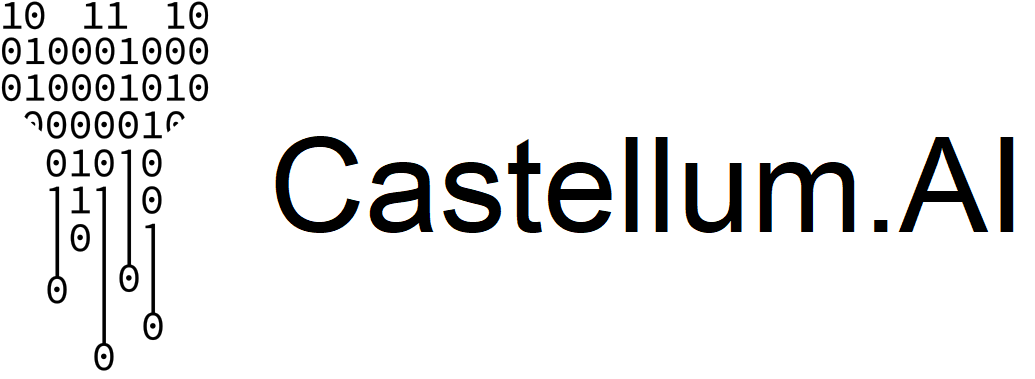Sanctions Trends in 2024 and What to Expect in 2025
The sanctions landscape saw significant developments in 2024, with experts predicting more changes ahead as Donald Trump prepares to return to the White House.
In this edition of Fireside Chat, Castellum.AI’s Peter Piatetsky spoke with former OFAC director and partner at Morrison Foerster John Smith, MUFG’s global head of sanctions Brian Grant, the Bates Group’s senior managing director Brandi Reynolds and Kraken’s global head of sanctions Crystal Noe. Our expert panel offered actionable insights on the state of sanctions, what to expect from Trump’s second administration and how compliance teams can prepare.
Key Sanctions Trends in 2024
Continued Focus on Russia: 2024 saw sustained pressure on Russia through continued designations by major issuing jurisdictions like the US, EU, UK, and other G7 partners. Notably, 33% of Russia-related actions targeted people and entities in third-party jurisdictions like China, UAE, and Turkey enabling Russian sanctions evasion.
China’s Maturing Sanctions Program: Though Beijing primarily uses sanctions in response to designations or increasing its targets from 100 to 200, primarily focusing on adversarial foreign officials or defense companies supplying Taiwan. As US-China tension is set to increase under Trump, our panelists highlighted that China’s sanctions program will similarly increase.
EU, UK Improve their Sanctions Program Sophistication: A significant development over the past three years is the increased sophistication of non-US sanctions regimes. The EU and UK significantly enhanced their sanctions capabilities, often matching or exceeding US measures when it came to Russia-focused sanctions.
Further Reading: 2024 Sanctions Year in Review
Technical Evolution of Regulatory Expectations and Enforcement
The year marked a shift toward more technically sophisticated enforcement actions.
Changing international regulatory expectations, such as requirements for institutions to implement real-time screening to enable SEPA instant payments in the EU, raise the technical bar for compliance teams and their technology stack.
New York Department of Financial Services (NY DFS) issued the first enforcement action addressing location spoofing by sanctioned entities, setting new precedents for compliance expectations and highlighting regulators’ increasing sophistication in investigating violations.
These changes in regulatory expectations and enforcement, combined with the potential for divergent sanctions regimes even among allies like the US and EU, necessitates companies with complex business models or international operations to maintain controls specifically aligned to different operating jurisdictions under a risk-based approach.
Trump 2.0: What to Expect
Economic Tools as Foreign Policy
The incoming Trump administration is expected to utilize a broader range of economic tools beyond traditional sanctions. This includes integrating economic policies with national security policies by:
Increasing the use of export controls through BIS and pairing export control actions with OFAC sanctions designations,
Expanding the use of tariffs against both allies and adversaries in pursuit of an America First economic policy, and
Leveraging the Committee on Foreign Investment in the United States (CFIUS) to block foreign acquisition of US entities.
Potential Policy Shifts
While the administration is preparing numerous executive orders, experts suggest the changes may be less dramatic than anticipated. The team includes both national security hawks and business-friendly advisors, potentially leading to a balanced approach. However, there may be divergence from allies on key issues like Russia sanctions, potentially complicating compliance efforts. For example, the panel highlighted the prospect of the Trump administration using the withdrawal of sanctions against Russia as part of diplomatic efforts to reach a negotiated end to the war in Ukraine.
Increased Pace of New Sanctions
Trump will use sanctions heavily to support his administration’s foreign and economic policy objectives. This continues a trend in which administrations have doubled the number of designations compared to its predecessor.
Added to this is the Trump administration’s willingness to sanction parties irrespective of location, including parties located in US-allied countries. This aligns with an existing trend under Biden, where Russia-related sanctions in 2024 targeted parties located in friendly countries like Turkey, UAE, Israel, Germany and elsewhere.
How Compliance Teams Can Prepare
Strengthen Core Programs
Rather than trying to predict specific policy changes, compliance teams should focus on building robust compliance programs that can adapt to various scenarios. Key elements include:
Strong technology infrastructure for managing new sanctions designations,
Well-trained compliance staff,
Clear escalation procedures to senior management, and
Effective advisory teams for rapid analysis of new compliance requirements from regulators.
Enhanced Technical Capabilities
Compliance leaders need to develop deeper technical expertise beyond traditional regulatory knowledge. This includes:
Understanding data structures and technology implementation,
Implementing screening systems that can be configured to meet different regulatory requirements across jurisdictions,
Implementing real-time screening capabilities, and
Ensuring proper technical controls across different jurisdictions.
Global Requirements Management
Companies need to move beyond a US-centric compliance approach. Modern compliance requires:
Understanding varying requirements across jurisdictions,
Managing different screening expectations and implementing jurisdiction-specific controls were appropriate, and
Maintaining awareness of local regulatory developments.
Risk Assessment and Program Testing
Organizations should:
Conduct comprehensive risk assessments specific to sanctions
Understand their complete risk exposure across jurisdictions
Test programs against various scenarios
Maintain documentation of program effectiveness
The sanctions landscape continues to evolve rapidly, with increasing complexity in both requirements and implementation.
While the incoming Trump administration may bring significant changes, compliance professionals should focus on building robust, adaptable programs rather than trying to predict specific policy shifts. Success in this environment requires a combination of strong technical capabilities, comprehensive risk management, and the ability to navigate varying global requirements.
